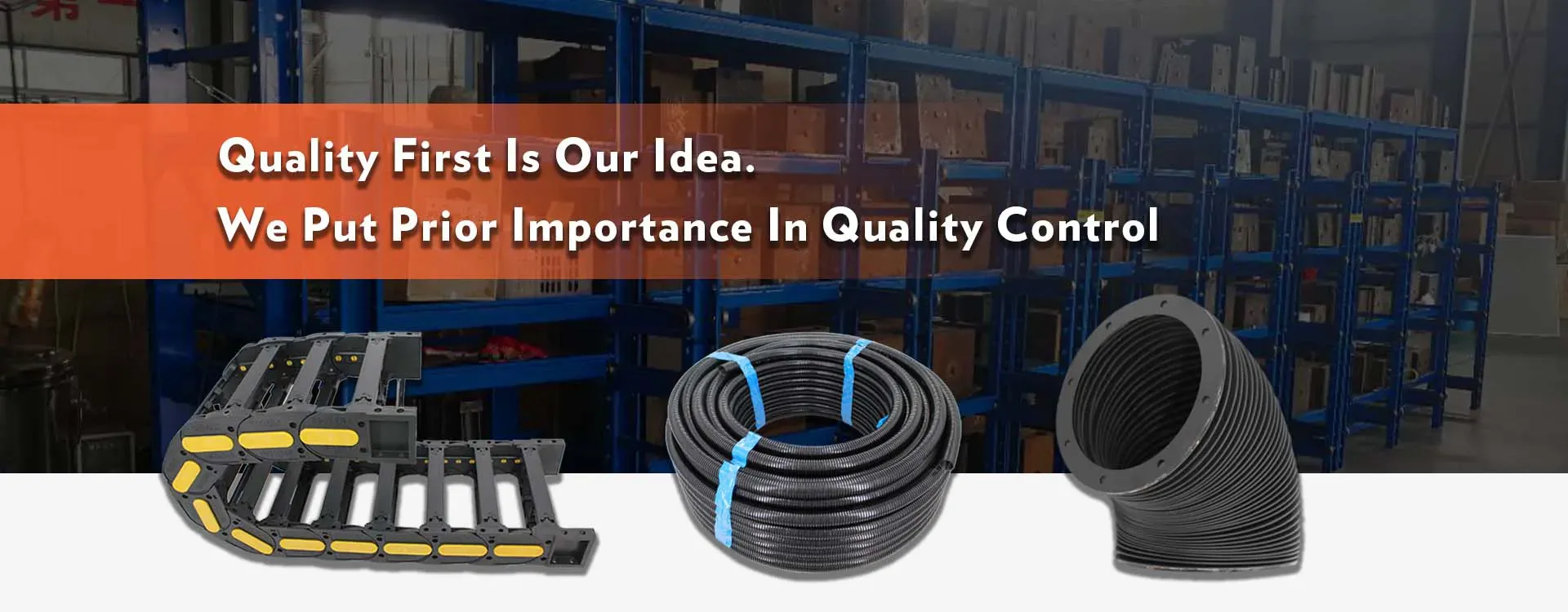cable chain drag
Understanding Cable Chain Drag Causes, Effects, and Solutions
Cable chain drag, an intricate issue often faced in various industries such as robotics, manufacturing, and aerospace, refers to the resistance encountered by cable chains as they move through a system. This phenomenon not only affects the efficiency of operation but can also lead to equipment wear and increased maintenance costs. To effectively manage cable chain drag, it is essential to understand its causes and effects, along with potential solutions.
What is Cable Chain Drag?
Cable chains, often composed of flexible links, are designed to manage and protect cables and hoses in motion. They are employed in applications ranging from industrial machinery to automated robotic systems. When these chains move, friction can occur between the chain and the cables within it, as well as between the chain and the surfaces it interacts with. This resistance is termed cable chain drag.
Causes of Cable Chain Drag
Several factors contribute to cable chain drag. First, the material of the cable chain itself plays a significant role. Heavy or rigid materials tend to create more friction. Additionally, the design of the cable chain, including its bend radius and link configuration, can influence drag. A tighter bend or a poorly designed chain might exacerbate the issue.
Moreover, environmental factors such as temperature, humidity, and the presence of dust or debris can also impact drag. For instance, higher temperatures can soften certain materials, increasing friction. Regular wear and tear on the cables and chains can also lead to increased drag over time.
cable chain drag

Effects of Cable Chain Drag
The consequences of cable chain drag can be substantial. Increased resistance leads to higher power consumption as motors work harder to overcome drag. This inefficiency not only raises operational costs but also generates excess heat, potentially shortening the lifespan of the components involved. In severe cases, excessive drag can result in mechanical failure, leading to downtime and costly repairs.
Solutions to Mitigate Cable Chain Drag
To address cable chain drag effectively, several strategies can be employed. First, selecting the right material for the cable chain is crucial. Lightweight, low-friction materials can significantly reduce drag. Additionally, careful consideration of the chain's design can lead to improved performance. Increasing the bend radius and ensuring a proper fit can minimize friction.
Another effective solution is regular maintenance. Keeping the system clean and lubricating the chain and cables can reduce friction and prolong their lifespan. Implementing a routine inspection schedule allows for early diagnosis of wear and tear, preventing more significant issues down the line.
Conclusion
In conclusion, understanding cable chain drag is essential for maintaining efficiency in systems utilizing cable chains. By recognizing the causes and consequences, industries can implement effective strategies to mitigate this issue, ensuring smoother operations and extending the lifespan of their equipment. As technology continues to evolve, so too will the solutions aimed at reducing cable chain drag, enhancing productivity across various sectors.








